Broccoli stalk disease
Anne Wolfley
11 years ago
Featured Answer
Sort by:Oldest
Comments (32)
Anne Wolfley
11 years agodigdirt2
11 years agoRelated Professionals
Glen Ellyn Landscape Architects & Landscape Designers · Signal Hill Landscape Architects & Landscape Designers · Wilmington Landscape Contractors · Cupertino Landscape Contractors · Dinuba Landscape Contractors · Englewood Landscape Contractors · Hawaii Landscape Contractors · Lady Lake Landscape Contractors · Middleton Landscape Contractors · Middletown Landscape Contractors · New Brighton Landscape Contractors · Peachtree City Landscape Contractors · San Pedro Landscape Contractors · South Lake Tahoe Landscape Contractors · Mission Viejo Driveway Installation & Maintenancedigdirt2
11 years agojean001a
11 years agoplanatus
11 years agoAnne Wolfley
11 years agoreddogs
11 years agodigdirt2
11 years agoltilton
11 years agojean001a
11 years agoAnne Wolfley
11 years agoltilton
11 years agojean001a
11 years agodigdirt2
11 years agoAnne Wolfley
11 years agojean001a
11 years agodigdirt2
11 years agoinfectiousgardening
10 years agoplanatus
10 years agoinfectiousgardening
10 years agojean001a
10 years agoAnne Wolfley
10 years agoinfectiousgardening
10 years agoplanatus
10 years agoinfectiousgardening
10 years agoinfectiousgardening
10 years agoinfectiousgardening
10 years agoinfectiousgardening
10 years agoltilton
10 years agoMike Spizziri
5 years ago
Related Stories
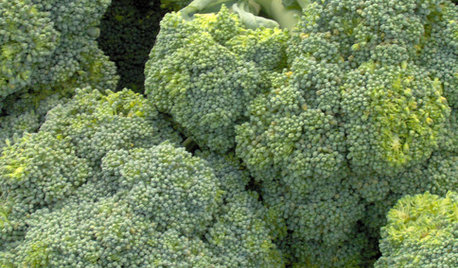
COOL-SEASON CROPSCool-Season Vegetables: How to Grow Broccoli
Packed with vitamins, broccoli is a nutritional powerhouse and is easy to grow in a fall or spring garden
Full Story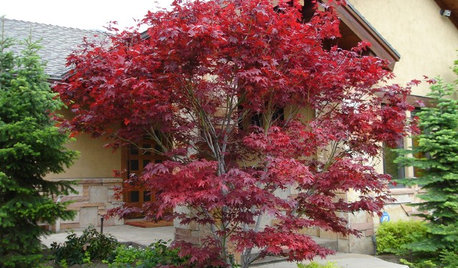
GARDENING GUIDES8 Plants Bursting With Beautiful Fall Foliage
Luscious berries, rich crimson leaves and stellar stalks show that nary a flower is needed for enthralling autumn gardens
Full Story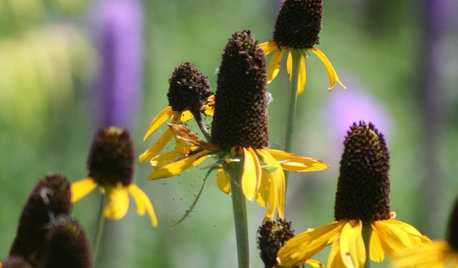
GARDENING FOR BUTTERFLIESGreat Design Plant: Giant Coneflower, a True Exclamation Point
Watch as towering stalks topped by yellow blossoms become a beacon for birds and insects in the midsummer garden
Full Story
GARDENING GUIDESEssential Watering Tips for Your Edible Garden
To give your edible plants just what they need, check out these guidelines for how, when and how much to water
Full Story
GARDENING GUIDES3 Ways to Revel in Summer Garden Sweetness
Patiently observe what works and doesn’t work in your landscape
Full Story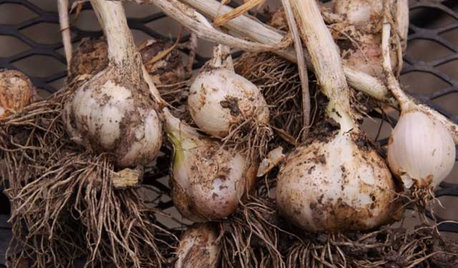
COOL-SEASON CROPSCool-Season Vegetables: How to Grow Garlic
Beloved in a wide range of dishes the world over, garlic thrives in a fall garden and is easy to grow
Full Story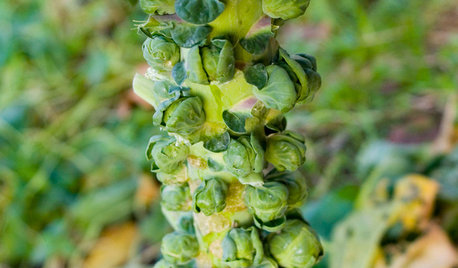
COOL-SEASON CROPSCool-Season Vegetables: How to Grow Brussels Sprouts
If you love 'em (you know who you are), fall and spring are the right times for planting these veggies in your edible garden
Full Story0
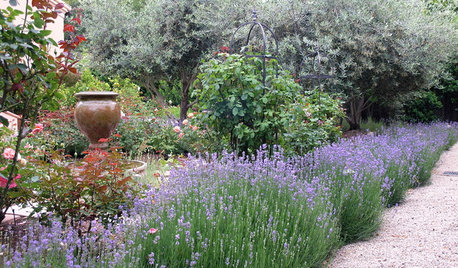
FLOWERSHerb Garden Essentials: Grow Your Own Fragrant Lavender
This do-it-all plant is ideal for almost any garden, and its uses are abundant around the home
Full Story
GARDENING FOR BUTTERFLIESGardening for the Bees, and Why It’s a Good Thing
When you discover how hard bees work for our food supply, you may never garden without them in mind again
Full Story
WINTER GARDENINGHow to Help Your Trees Weather a Storm
Seeing trees safely through winter storms means choosing the right species, siting them carefully and paying attention during the tempests
Full Story





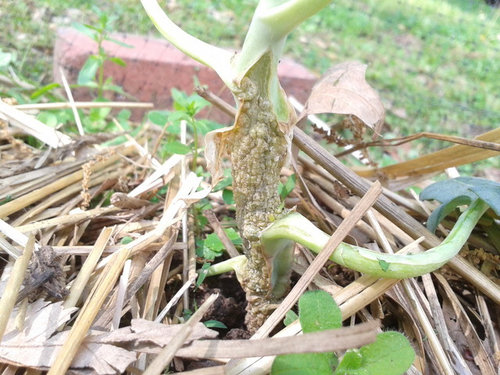
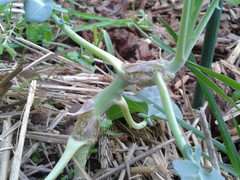


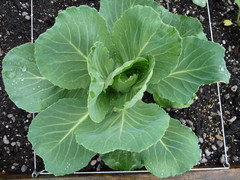
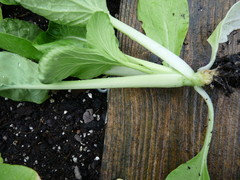
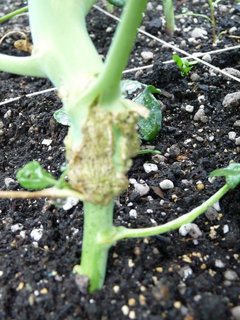
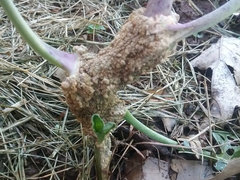

Anne WolfleyOriginal Author